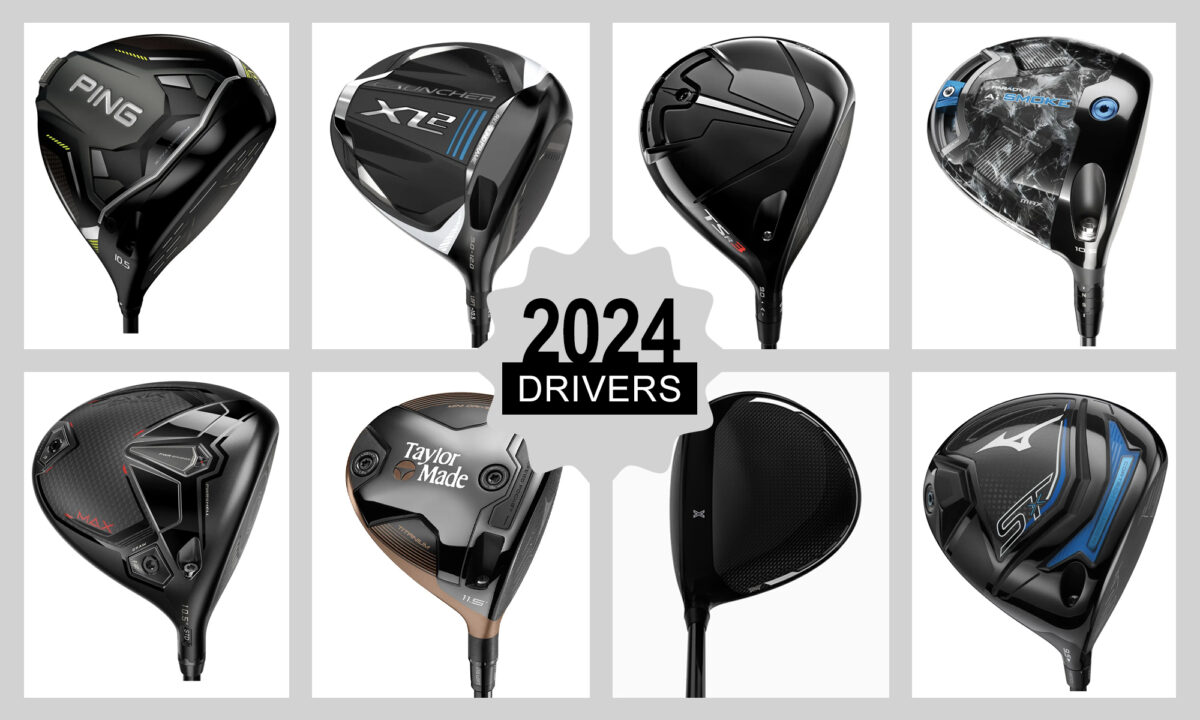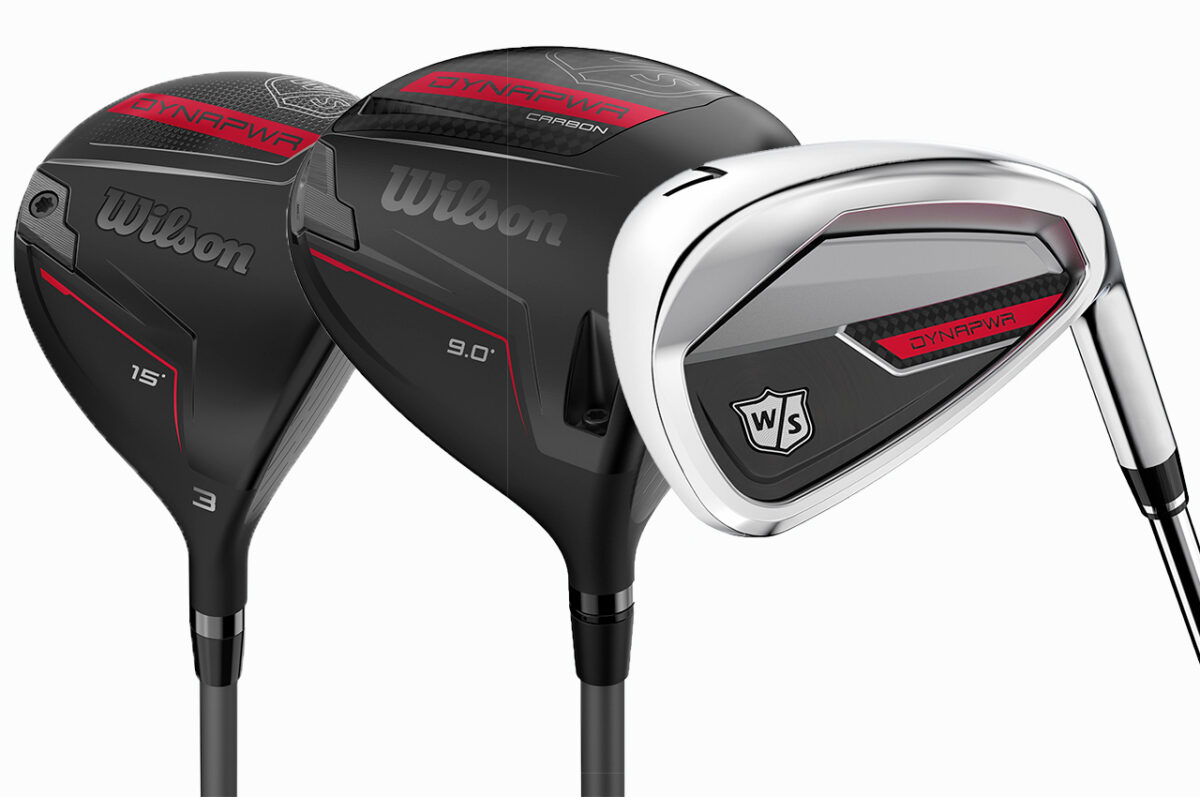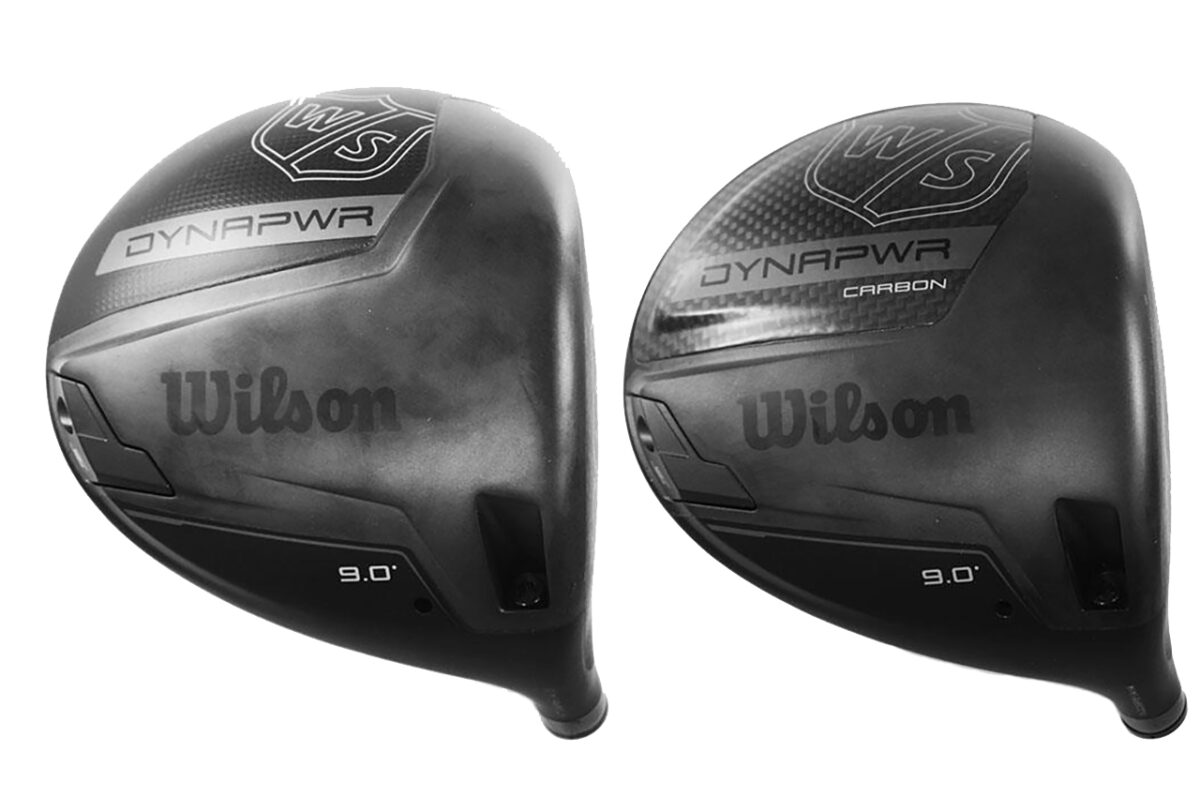Everyone wants to hit the ball farther, so distance is always going to be important when it comes to new drivers, but if there is a buzzword or concept that is going to dominate the scene in 2024, it’s moment of inertia or MOI.
[anyclip-media thumbnail=”https://cdn5.anyclip.com/LV0-eo0Bs3gt_DyisZMp/1707153157478_248x140_thumbnail.jpg” playlistId=”undefined” content=”PHNjcmlwdCBzcmM9Imh0dHBzOi8vcGxheWVyLnBvcHRvay5jb20vYW55Y2xpcC13aWRnZXQvbHJlLXdpZGdldC9wcm9kL3YxL3NyYy9scmUuanMiIGRhdGEtYXI9IjE2OjkiIGRhdGEtcGxpZD0ianJsZGFsbGZuNHllZTR6dG01MmY2cmR6bmZ6dnV0bHEiIHB1Ym5hbWU9IjE5OTgiIHdpZGdldG5hbWU9IjAwMTZNMDAwMDJVMEIxa1FBRl9NODMyNyI+Cjwvc2NyaXB0Pgo8c2NyaXB0IHR5cGU9ImFwcGxpY2F0aW9uL2xkK2pzb24iIG5hbWU9ImFjLWxyZS1zY2hlbWEiPgogewogICJAY29udGV4dCI6Imh0dHBzOi8vc2NoZW1hLm9yZyIsCiAgIkB0eXBlIjoiVmlkZW9PYmplY3QiLAogICJuYW1lIjoiMjAyNCYjMDM5O3MgTm8uIDEgVHJlbmQgaW4gRHJpdmVycyAiLAogICJkZXNjcmlwdGlvbiI6IlRoZSB2aWRlbyBkaXNjdXNzZXMgdGhlIGltcG9ydGFuY2Ugb2YgbW9tZW50IG9mIGluZXJ0aWEgKE1vaSkgaW4gZHJpdmVycyBhbmQgaG93IGl0IHJlbGF0ZXMgdG8gcGVyZm9ybWFuY2UuIEEgaGlnaGVyIE1vaSBjYW4gcmVzdWx0IGluIHN0cmFpZ2h0ZXIgYW5kIGxvbmdlciAuLi4iLAogICJkdXJhdGlvbiI6IlBUMk0xOS45NjhTIiwKICAidGh1bWJuYWlsVXJsIjoiaHR0cHM6Ly9jZG41LmFueWNsaXAuY29tL0xWMC1lbzBCczNndF9EeWlzWk1wLzE3MDcxNTMxNTc1OTdfNDgweDI3MF90aHVtYm5haWwuanBnIiwKICAidXBsb2FkRGF0ZSI6IjIwMjQtMDItMDVUMTc6MDk6MDUuNDQ5WiIsCiAgImludGVyYWN0aW9uU3RhdGlzdGljIjp7CiAgICJAdHlwZSI6ICJJbnRlcmFjdGlvbkNvdW50ZXIiLAogICAiaW50ZXJhY3Rpb25UeXBlIjogeyAiQHR5cGUiOiAiaHR0cDovL3NjaGVtYS5vcmcvV2F0Y2hBY3Rpb24iIH0sCiAgICJ1c2VySW50ZXJhY3Rpb25Db3VudCI6IDAKICB9CiB9CiA8L3NjcmlwdD4=”][/anyclip-media]
In golf equipment – and specifically, drivers – the higher a club’s MOI, the more it will resist twisting on off-center hits, so shots hit toward the toe or the heel will fly straighter and farther.
The USGA and R&A cap the heel-to-toe MOI in drivers at 5,900 g/cm2, but several major golf equipment makers are offering their highest MOI drivers ever in 2024, including Ping and TaylorMade, which are both now featuring a driver than as a combined MOI (heel-to-toe plus sole-to-crown) over 10,000 g/cm2, which should make the Ping G430 Max 10K and the TaylorMade Qi10 Max the most stable and forgiving drivers those brands have ever made.
These gains in driver stability are now possible because more companies are using weight-saving materials like carbon fiber in drivers, which allows engineers to redistribute mass into performance-enhancing locations. Several driver makers dropped new models in early 2024, with each driver being ideally suited to golfers who are looking for different specific traits. For instance, Callaway released four different Paradym Ai Smoke drivers including the high-MOI Max, the low-spin LS, the Max D for slicers and the Max Fast for slower-swinging players. Ping offers four G430 drivers and Titleist has TSR drivers available too, while Cobra, Mizuno, Srixon and TaylorMade each have three different options.
More drivers have come to the market since the first wave dropped in earlier this season, including the new TaylorMade BRNR Mini Driver Copper, the Callaway Paradym Ai Smoke Triple Diamond Max and the Mizuno ST-Max 230.
The key to finding the driver that best suits your game and your budget is to work with a custom fitter and hit several different clubs using a launch monitor so you can accurately compare things like ball speed, spin rate, launch angle and carry distance. Good fitters can help you find the ideal shaft, tweak the lie angle and the loft of your driver and explain why one model might be a better option for you than another.
Below are many of the most popular drivers that you are likely to see in pro shops and golf specialty stores right now.





